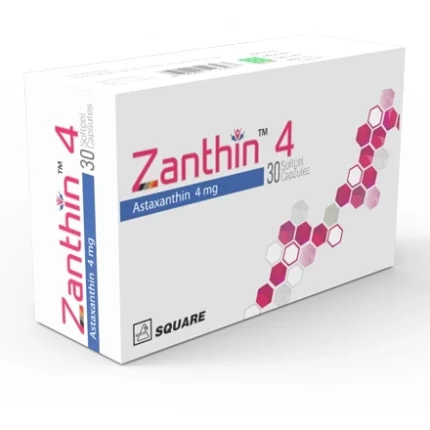Lanso D 60
160.00৳ Strip
Discover Lanso D, your reliable choice for gastrointestinal wellness. From treating erosive esophagitis to alleviating GERD symptoms, Lanso D offers effective relief with its innovative dual delayed-release formula. With clear dosing instructions and convenient administration options, including granule sprinkling, it ensures simplicity and efficacy. Trust in Lanso D for superior care and expert support on your digestive health path.
 Brand
Brand
|
Square Pharmaceuticals PLC |
|---|---|
 Generics
Generics
|
Dexlansoprazole |
Indications
Healing of Erosive Esophagitis: Lanso D facilitates the healing process for all grades of erosive esophagitis (EE) for a duration of up to 8 weeks.
Maintenance of Healed Erosive Esophagitis: Lanso D helps in sustaining the healing of EE and provides relief from heartburn for a period of up to 6 months.
Symptomatic Non-Erosive Gastroesophageal Reflux Disease (GERD): Lanso D effectively treats heartburn associated with symptomatic non-erosive GERD for a duration of 4 weeks.
Pharmacology
Dexlansoprazole delayed-release capsules, categorized as a Proton Pump Inhibitor (PPI), reduce gastric acid secretion by selectively inhibiting the (H+/K+)-ATPase in the gastric parietal cell. Dexlansoprazole, the R-enantiomer of lansoprazole, is supplied as a Dual Delayed Release (DDR) formulation in capsules for oral administration. This formulation ensures a plasma concentration-time profile with two distinct peaks, providing effective acid suppression.
Dosage
For Dexlansoprazole:
- Maintenance of Healed Erosive Esophagitis and Relief of Heartburn: Take 30 mg once daily.
- Symptomatic Non-Erosive GERD: Consume 30 mg once daily for 4 weeks.
- Healing of Erosive Esophagitis: Administer 60 mg once daily for up to 8 weeks.
For Dexlansoprazole MUPS:
- Maintenance of Healed Erosive Esophagitis and Relief of Heartburn: Take one 30 mg tablet once daily for 6 months (for adults) and 16 weeks (for patients aged 12 to 17 years).
- Symptomatic Non-Erosive GERD: Consume one 30 mg tablet once daily for 4 weeks.
Administration
Dexlansoprazole can be taken regardless of food intake. Alternatively, the capsules can be opened, and the intact granules can be sprinkled on a tablespoon and swallowed immediately. It’s essential not to chew the granules.
Interaction
Lanso D may interact with medications such as Atazanavir, Warfarin, Tacrolimus, Clopidogrel, and Methotrexate. No significant interactions have been reported with food or other substances.
Contraindications
Dexlansoprazole is contraindicated in individuals with a known hypersensitivity to any component of the formulation.
Side Effects
Common side effects include diarrhea, abdominal pain, nausea, vomiting, and flatulence.
Pregnancy & Lactation
Dexlansoprazole is categorized as Pregnancy Category B. However, there is insufficient data on its effects in pregnant and lactating women.
Precautions & Warnings
Special precautions should be taken in cases of gastric malignancy, Clostridium difficile-associated diarrhea, bone fracture, hypomagnesemia, and concurrent use of Lanso D with Methotrexate.
Use in Special Populations
- Children & Adolescents: The safety and effectiveness of Lanso D in patients below 12 years of age have not been established.
- Geriatric Use: No dose adjustment is required for elderly patients.
- Renal Impairment: No dose adjustment is necessary for patients with renal impairment.
- Hepatic Impairment: Patients with mild hepatic impairment do not require a dose adjustment. However, a maximum daily dose of 30 mg should be considered for those with moderate hepatic impairment.
Overdose Effects
There have been no significant reports of Lanso D overdose resulting in severe adverse events.
Therapeutic Class
Lanso D belongs to the class of Proton Pump Inhibitors.
Storage Conditions
Store Lanso D below 30°C in a dry place, protected from light, and keep it out of reach of children.













Reviews
There are no reviews yet.